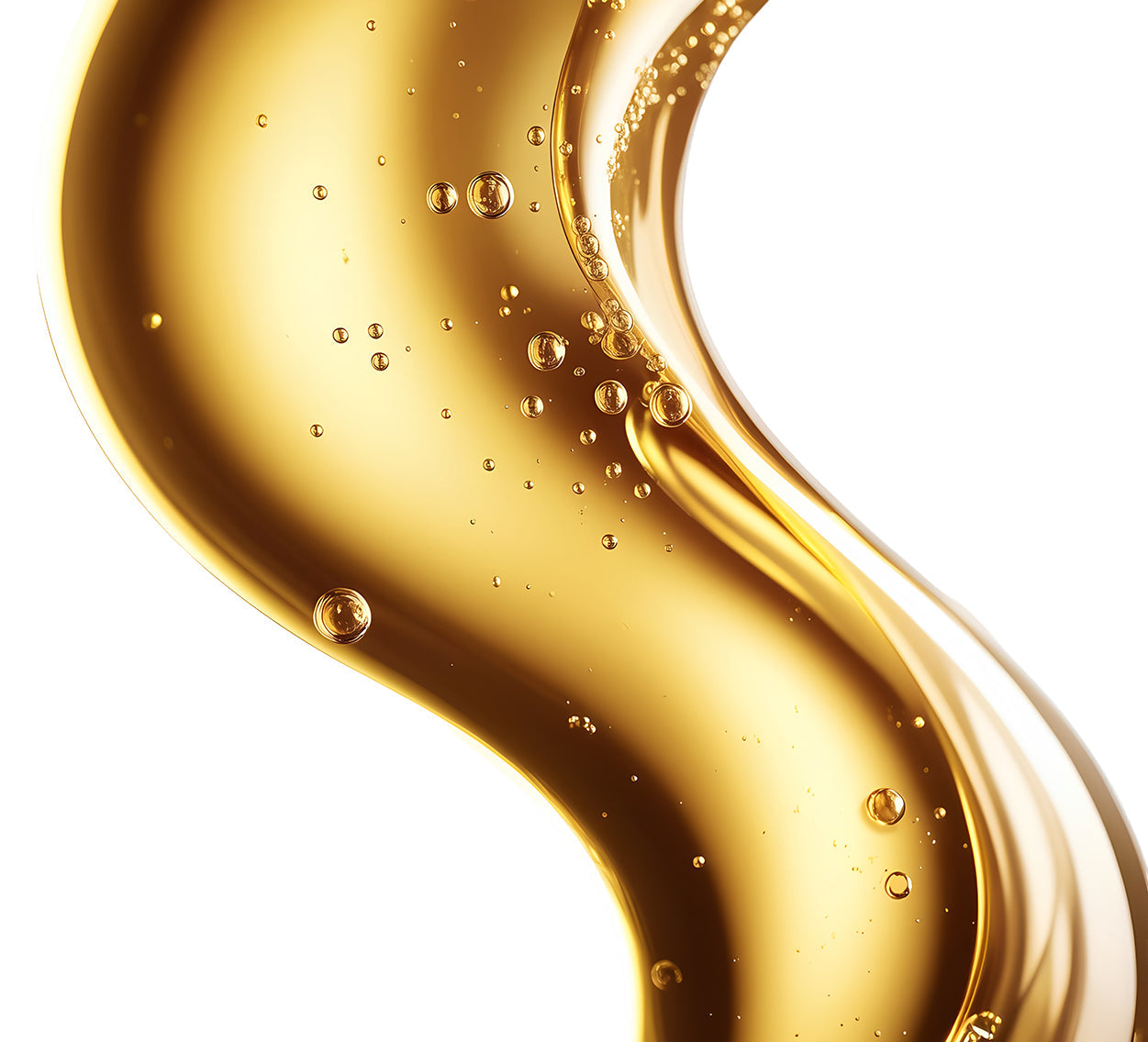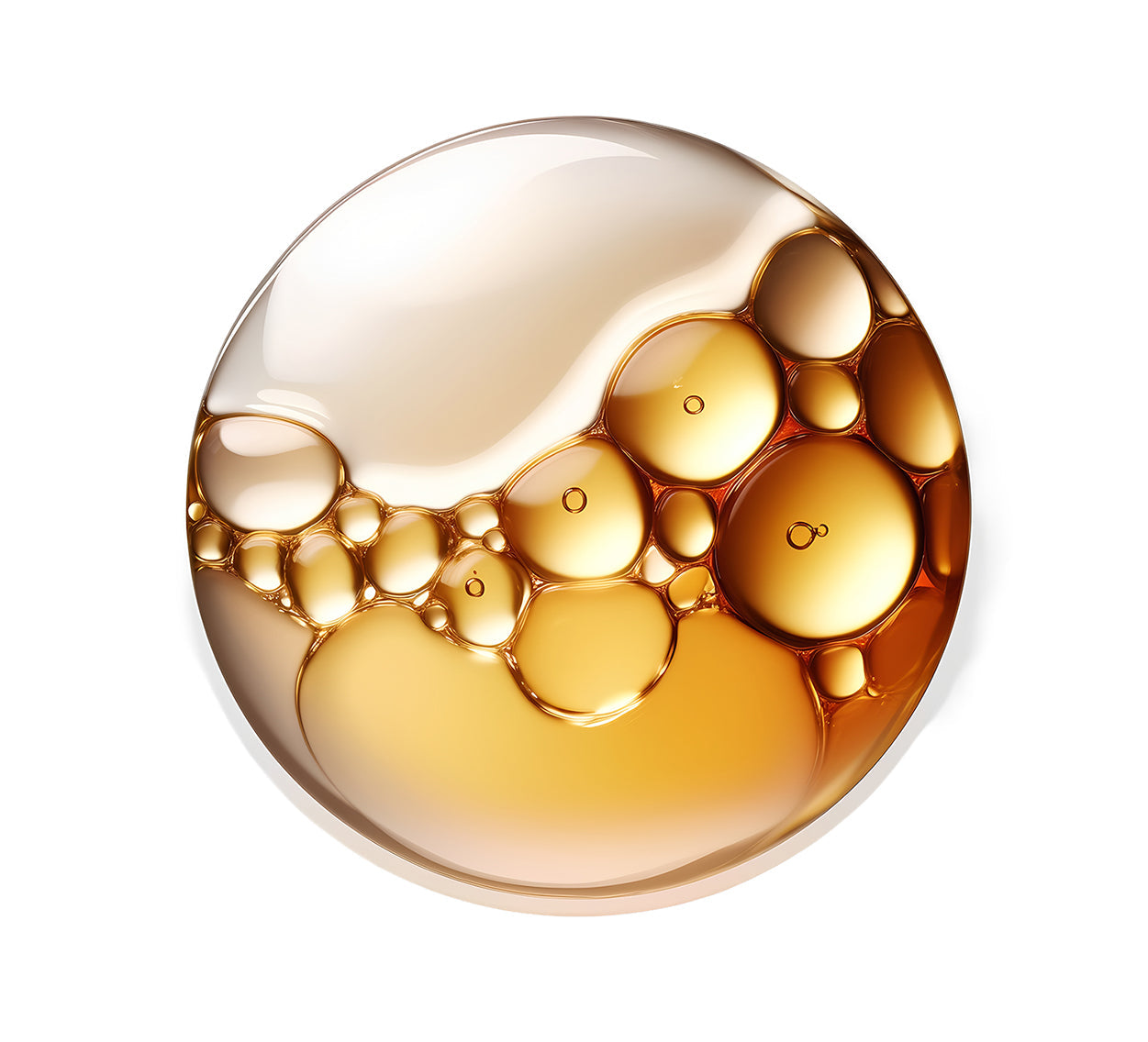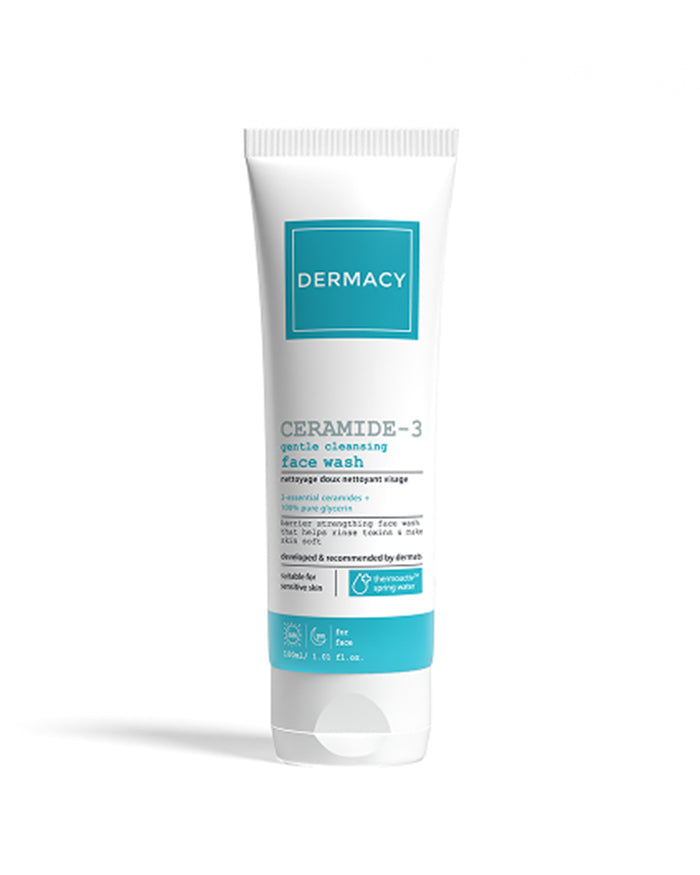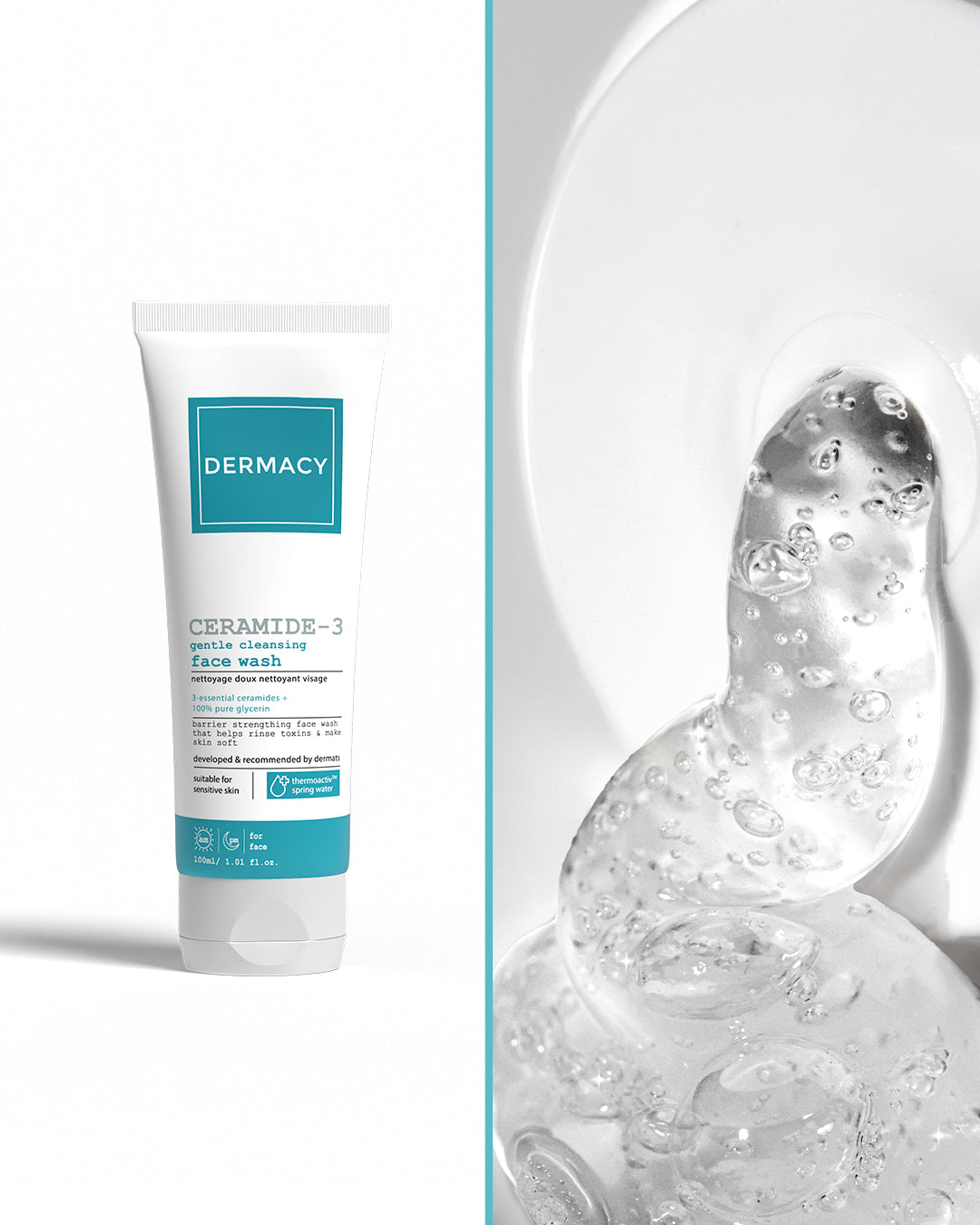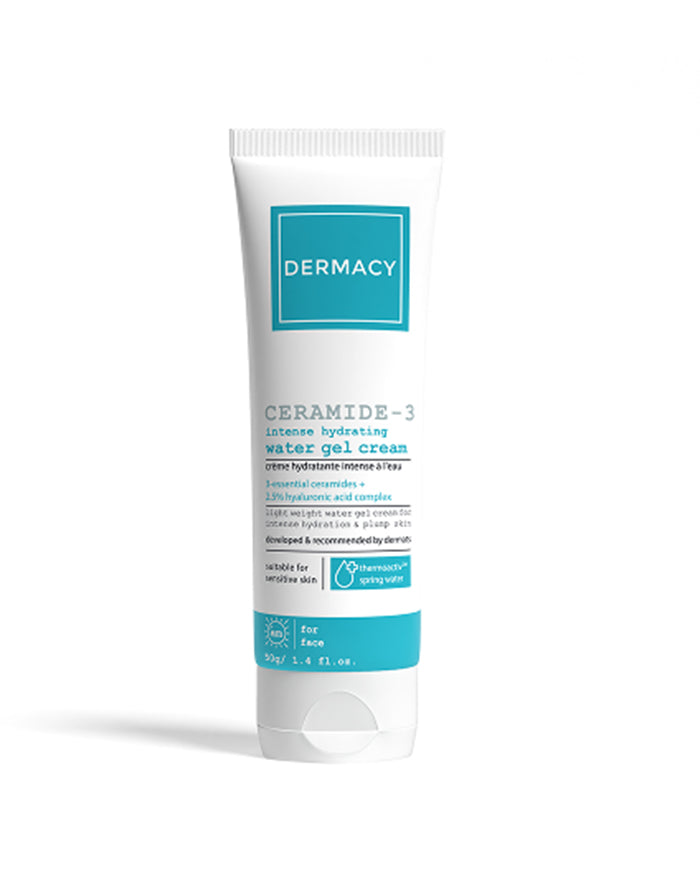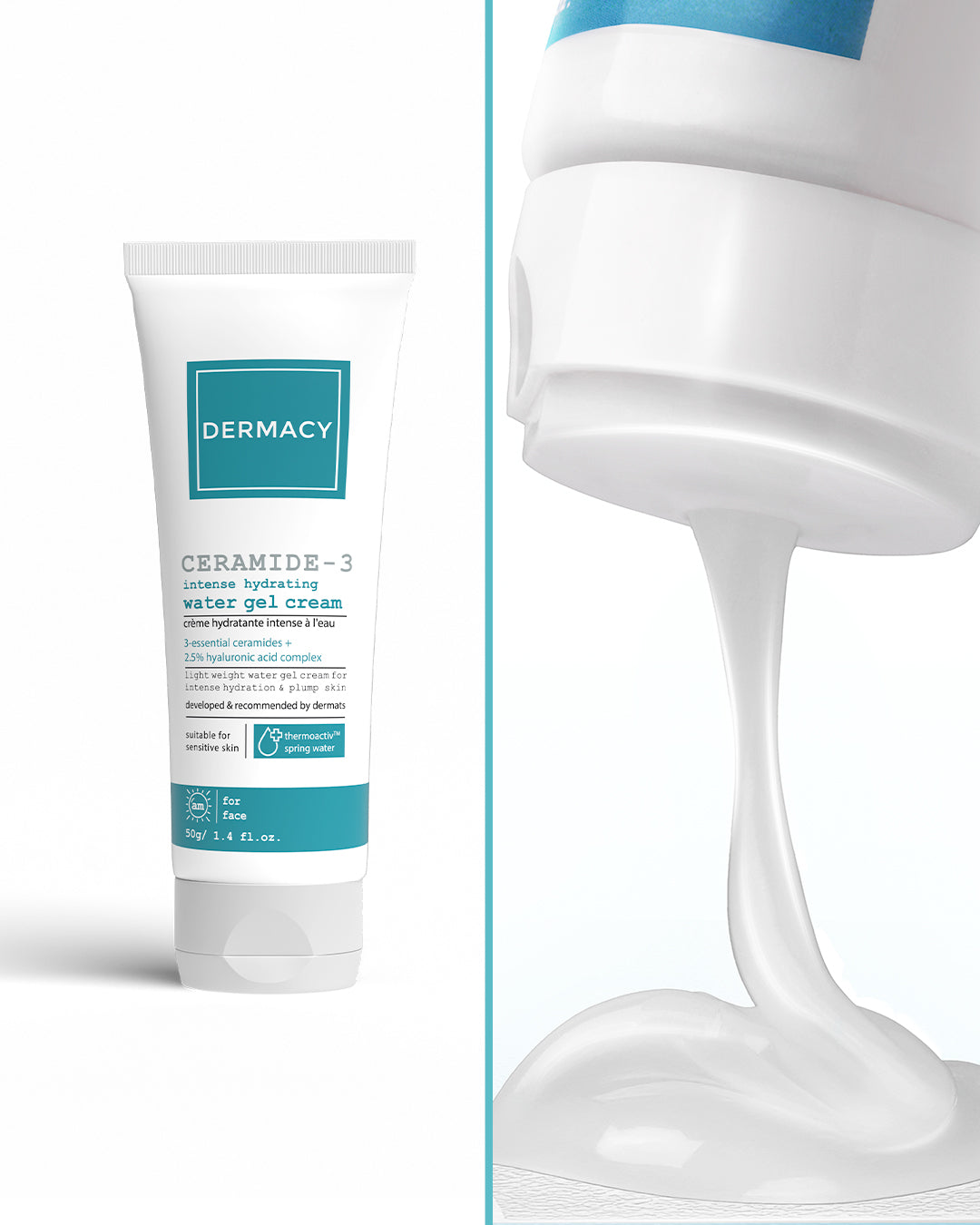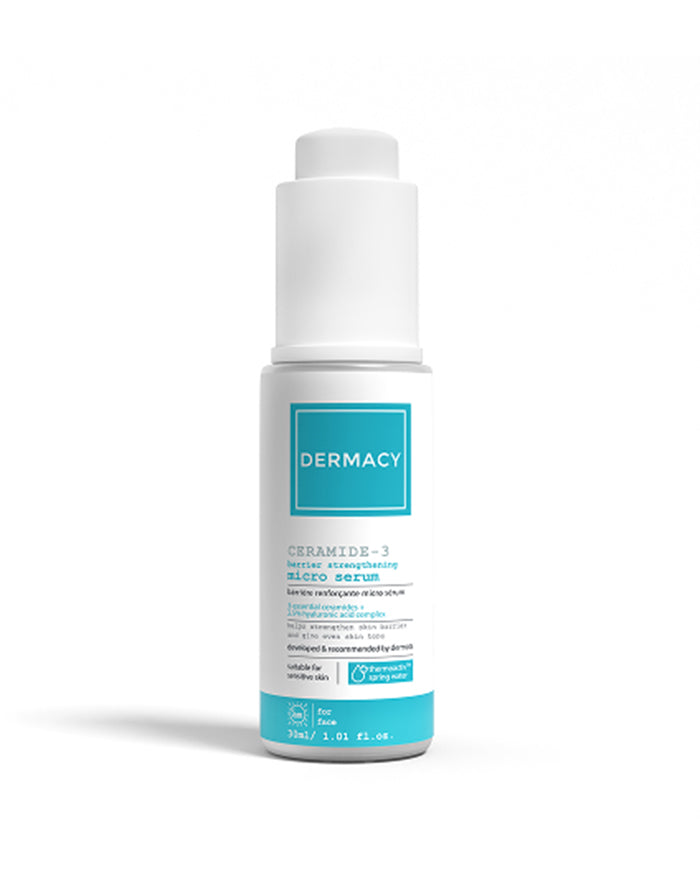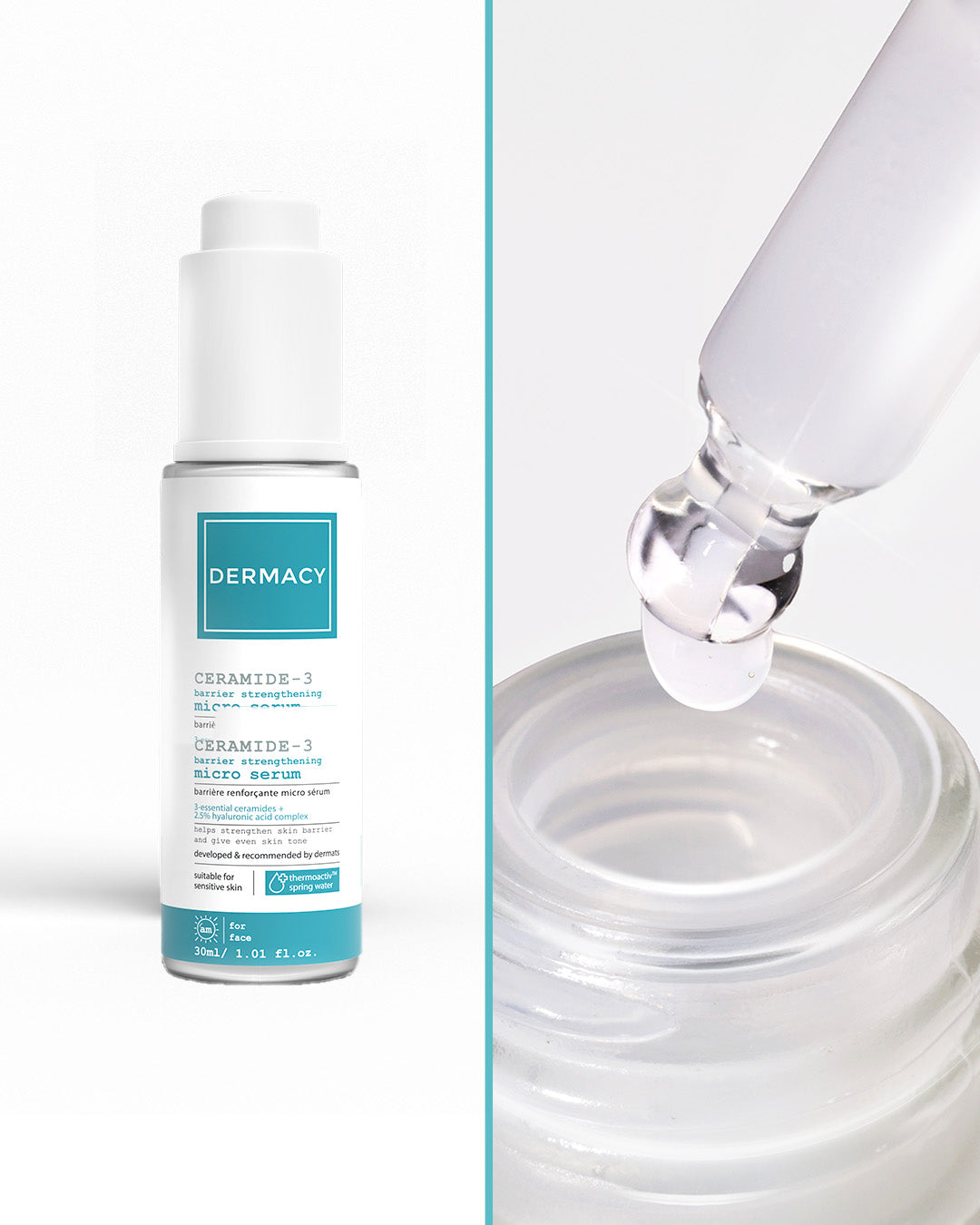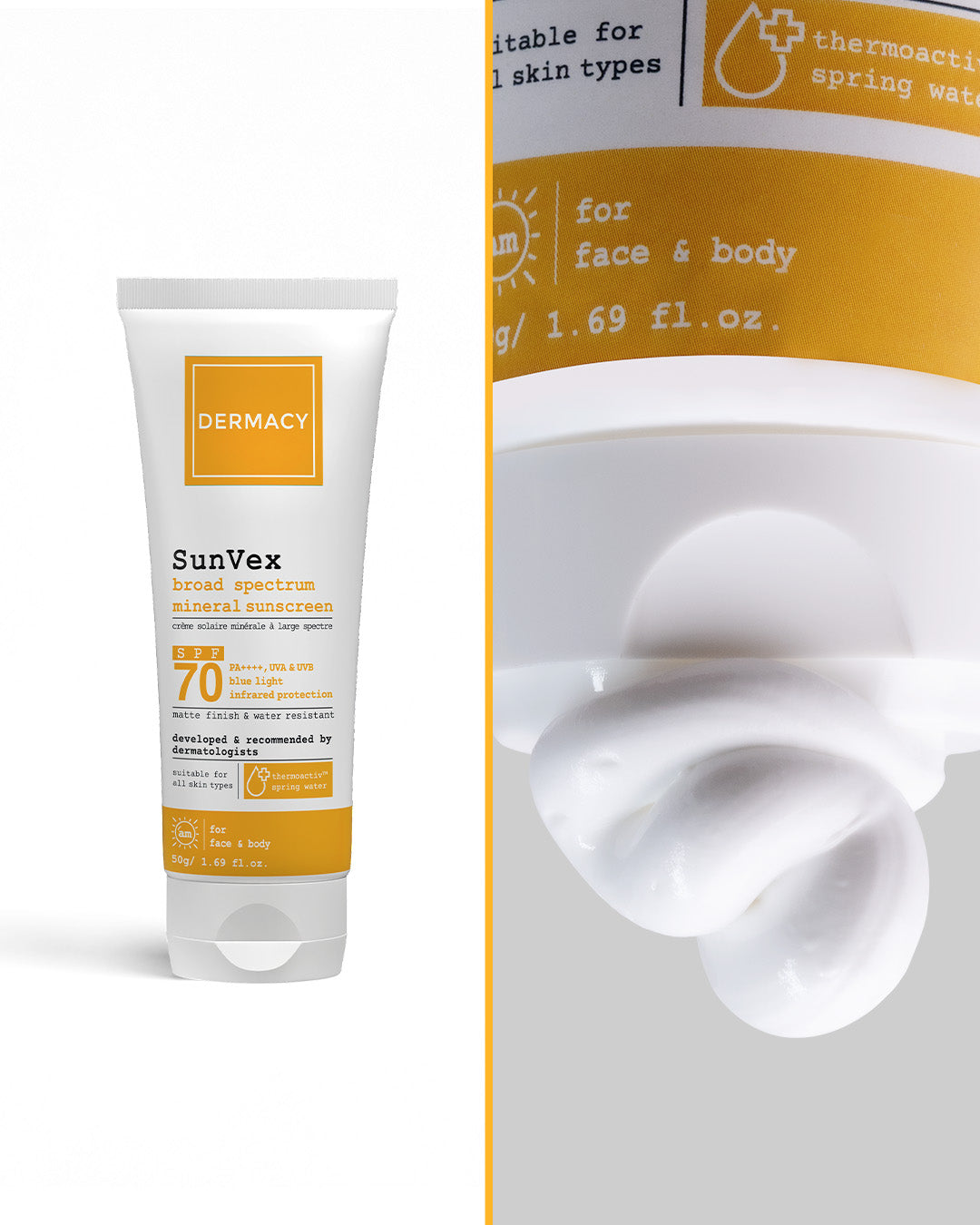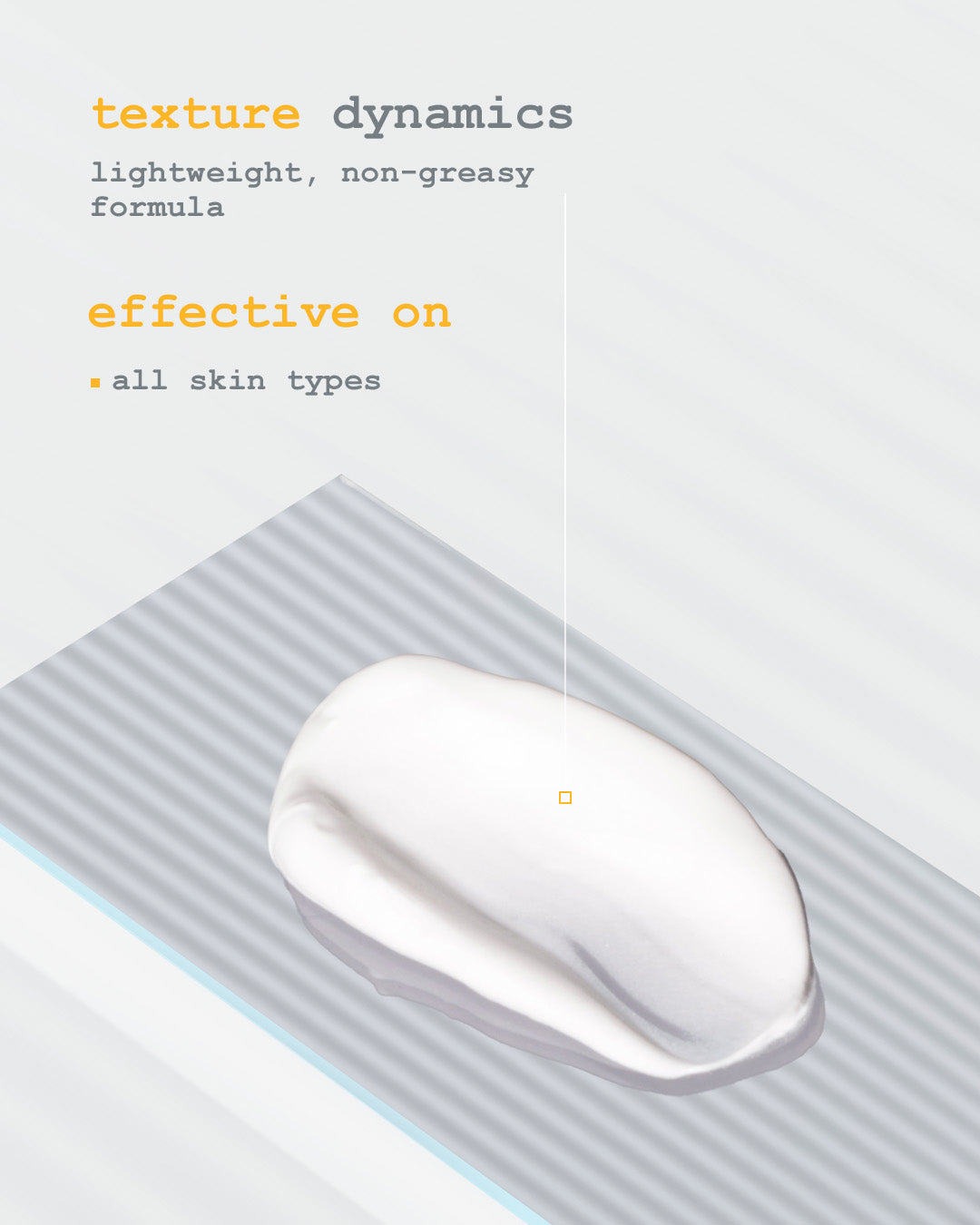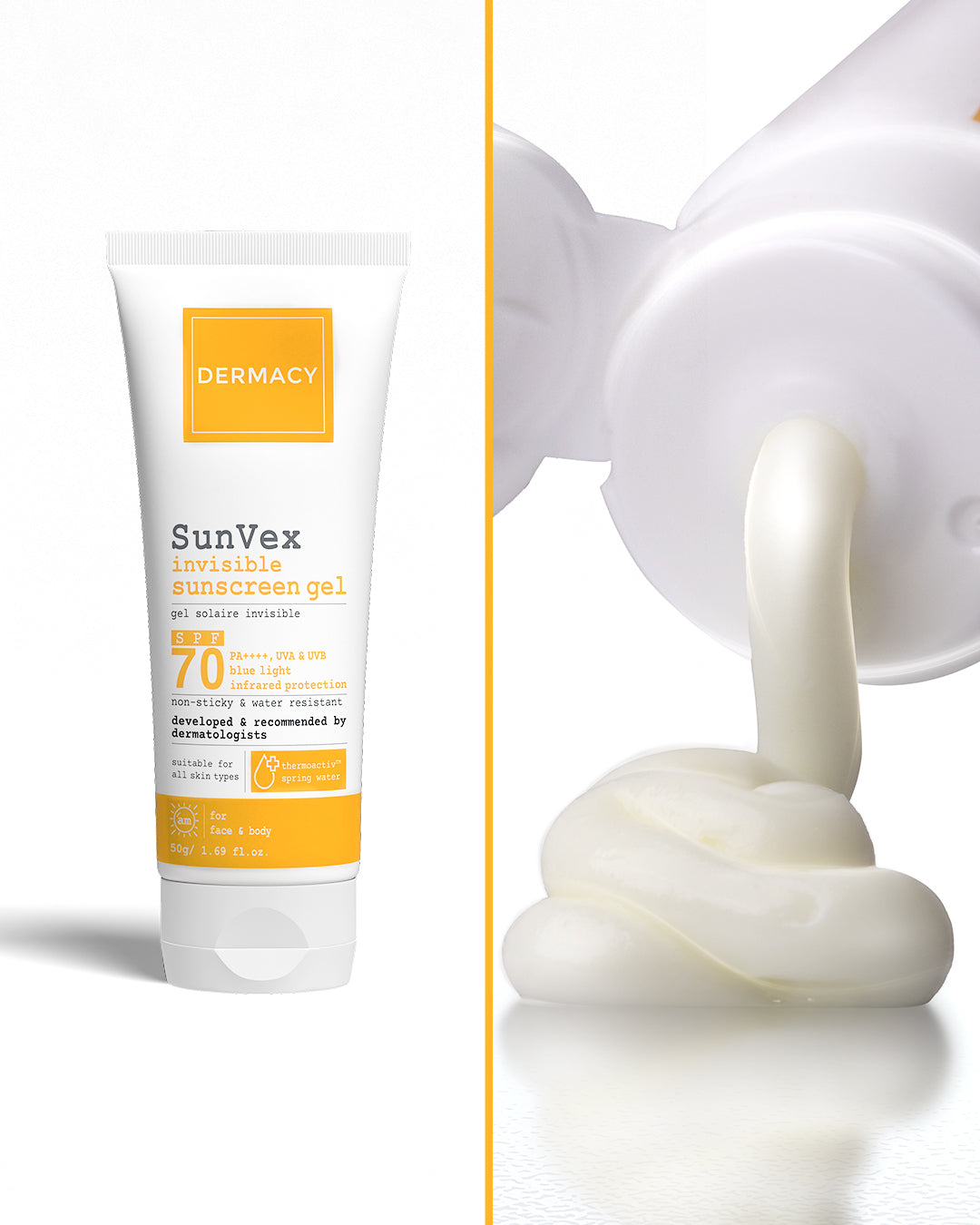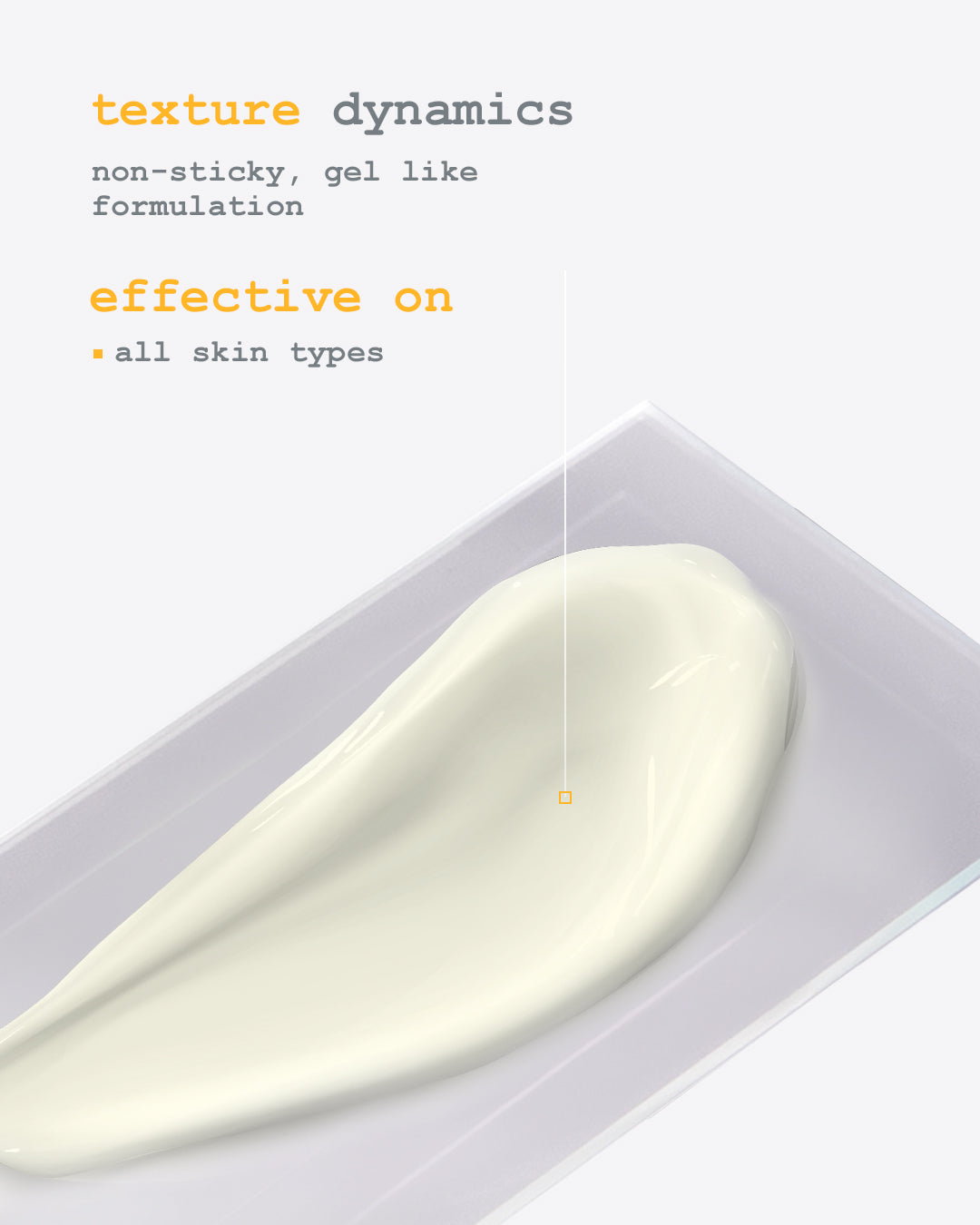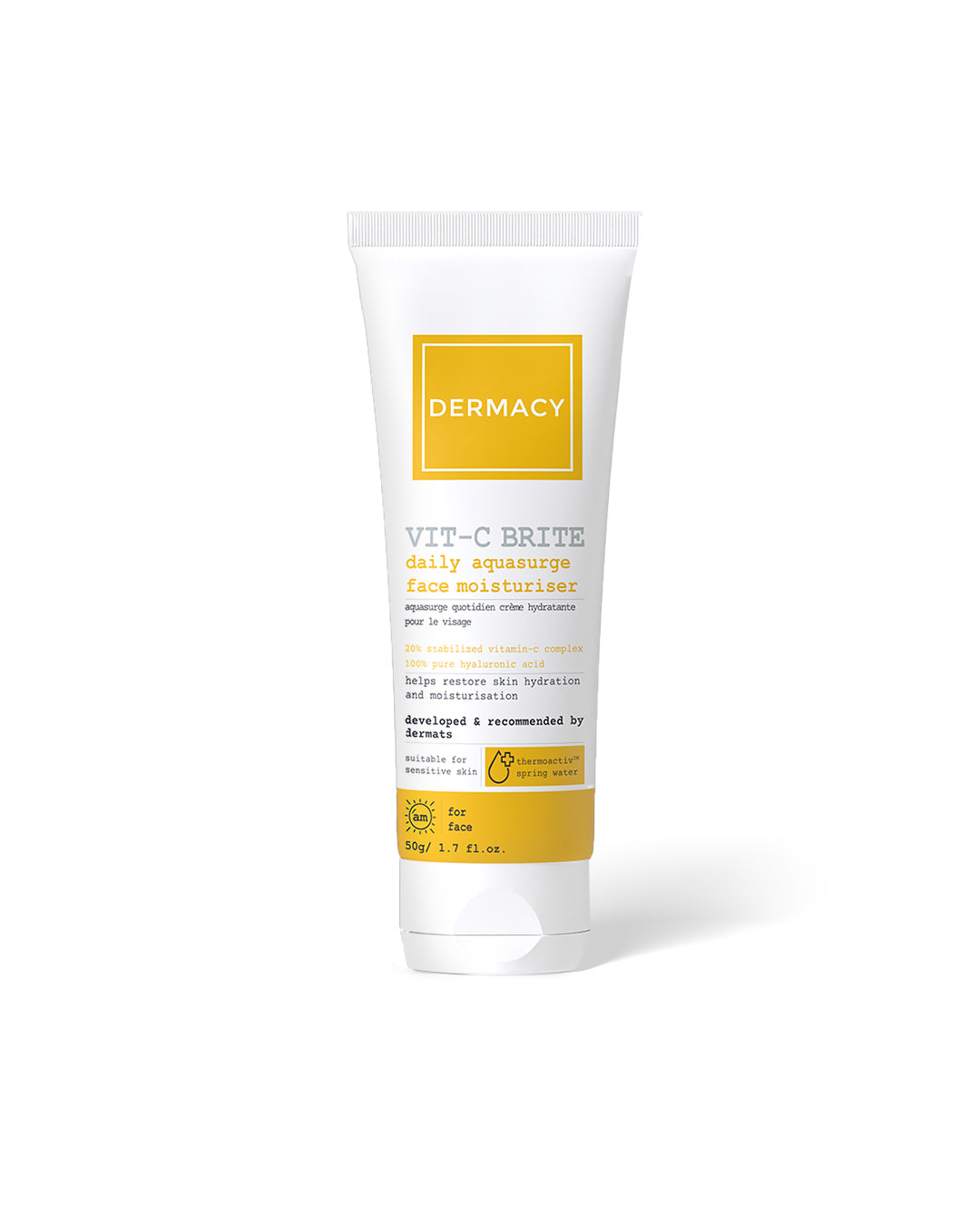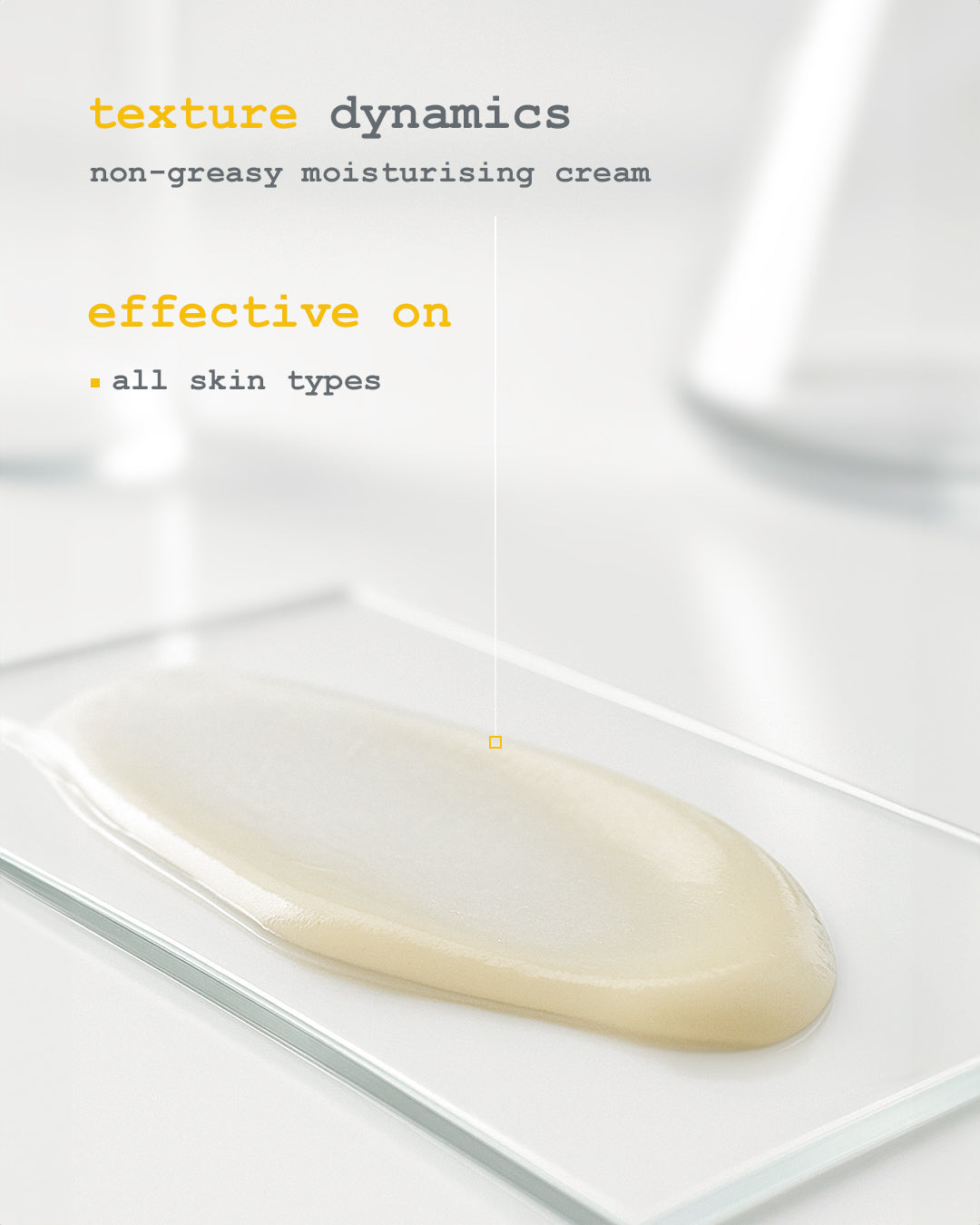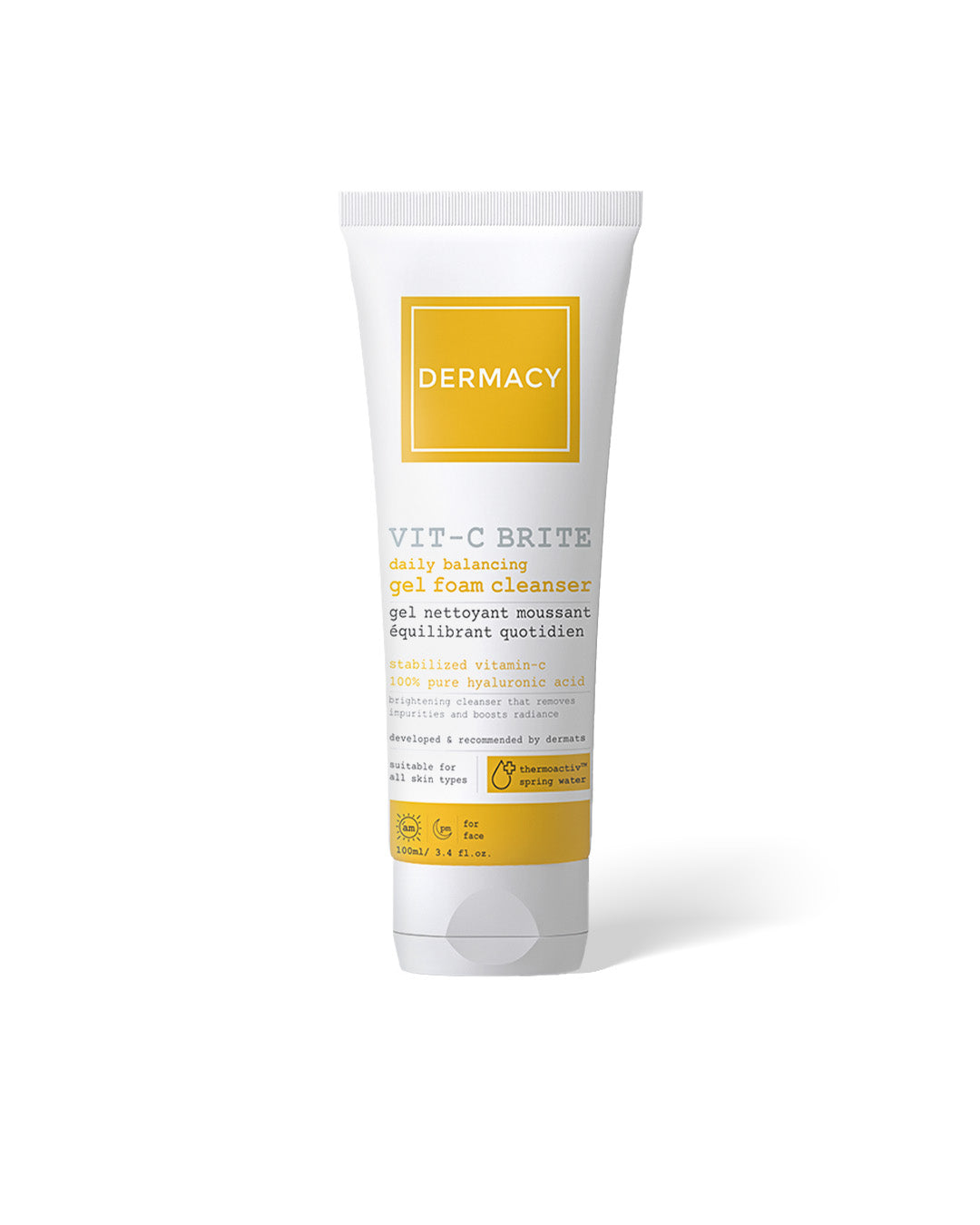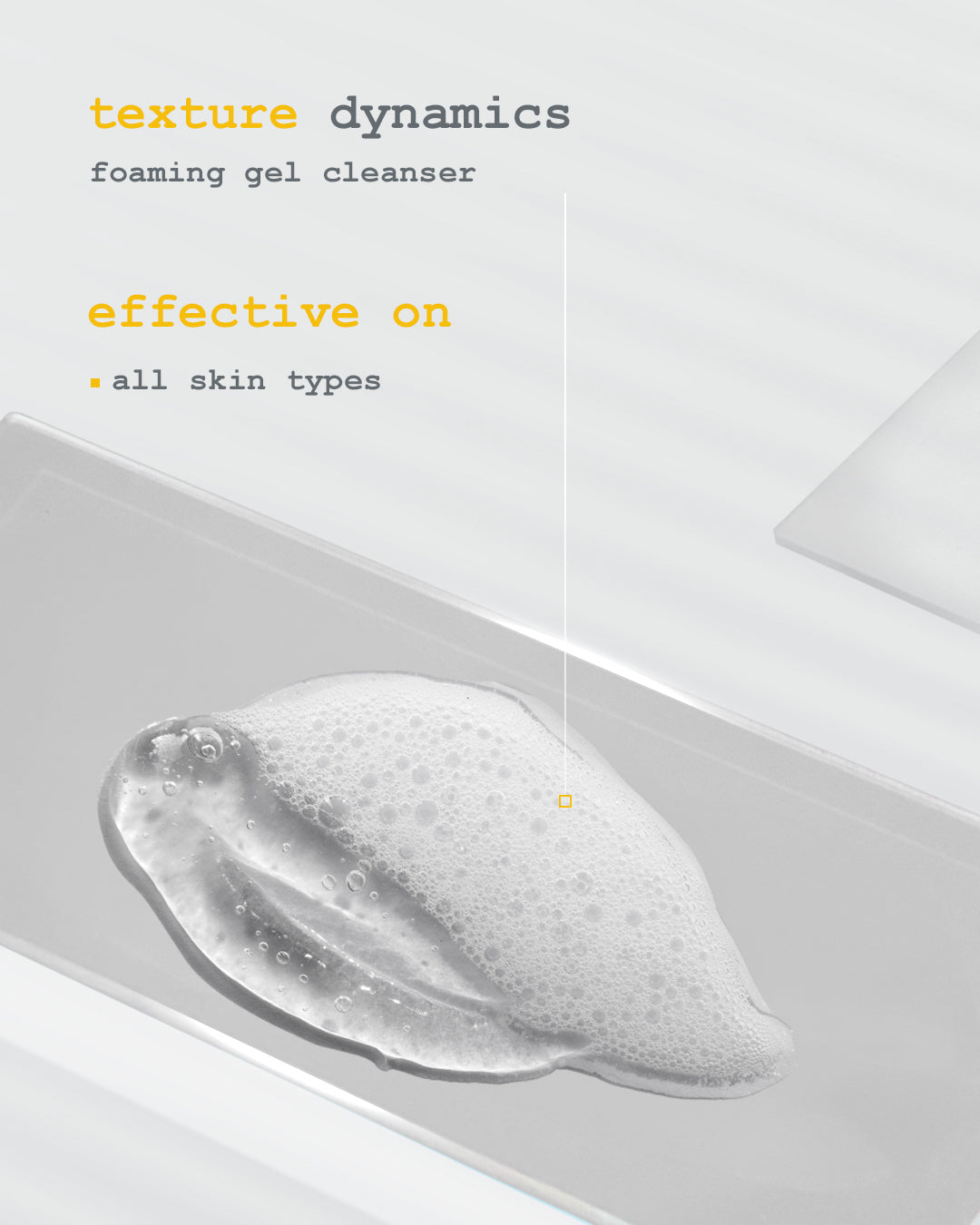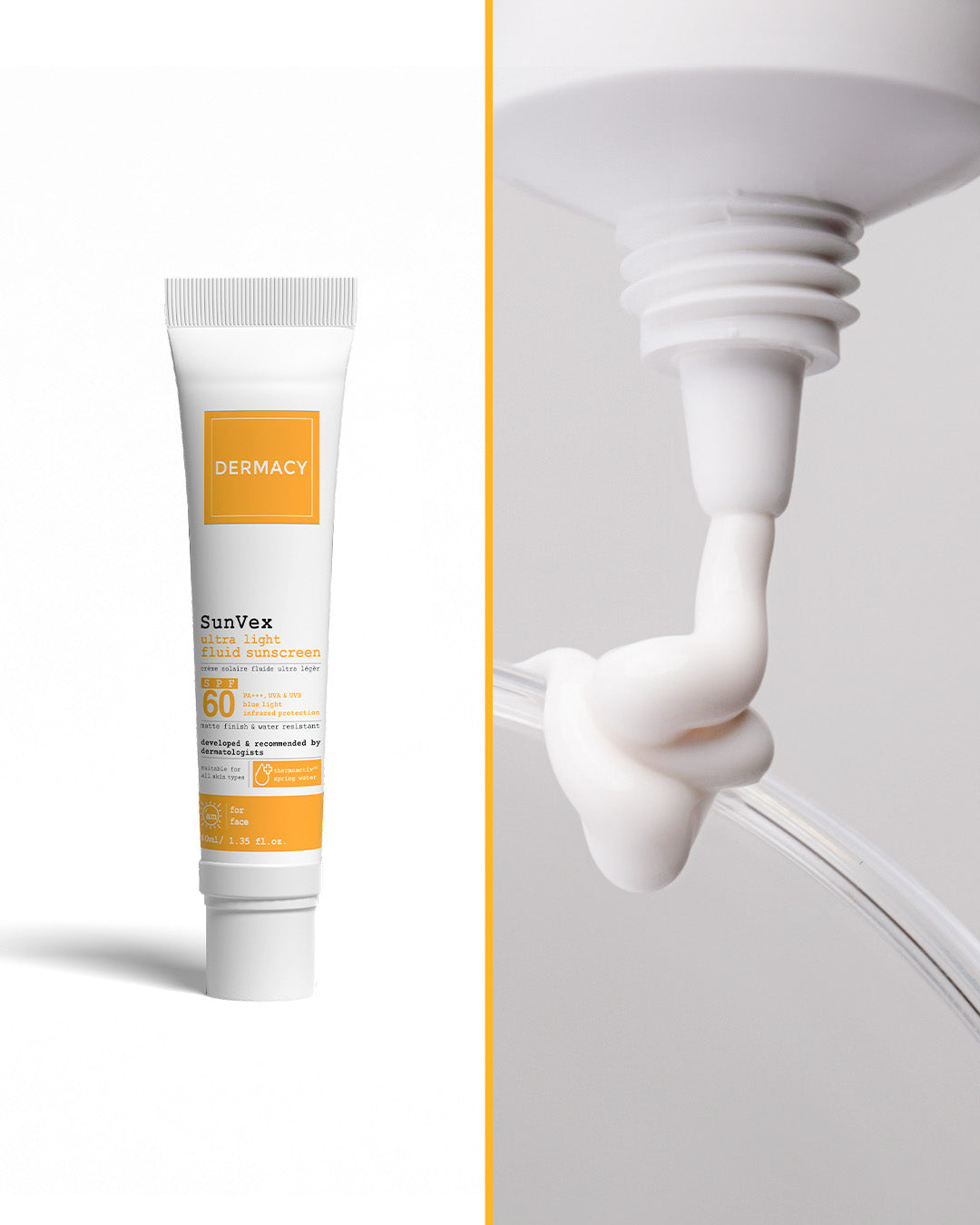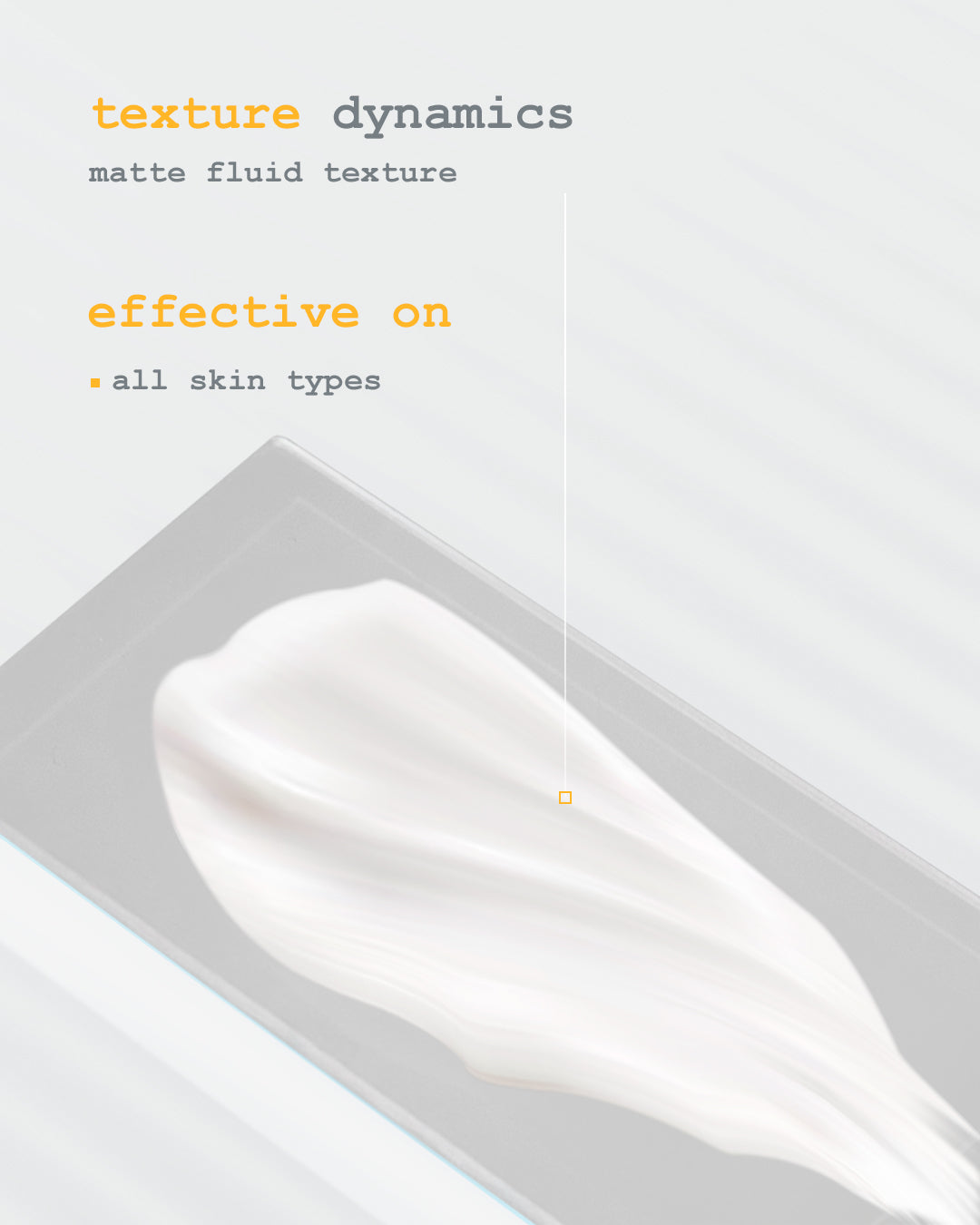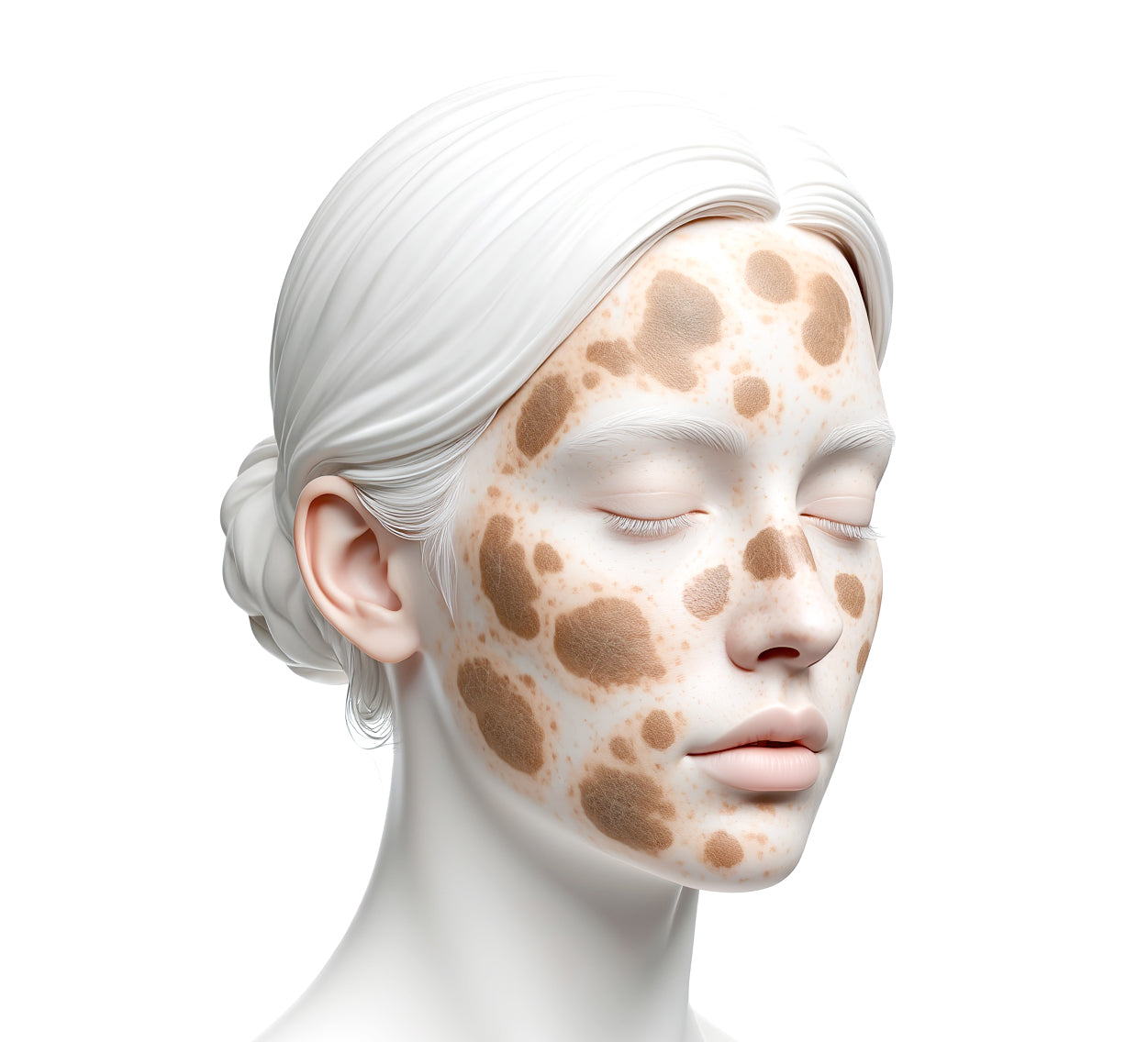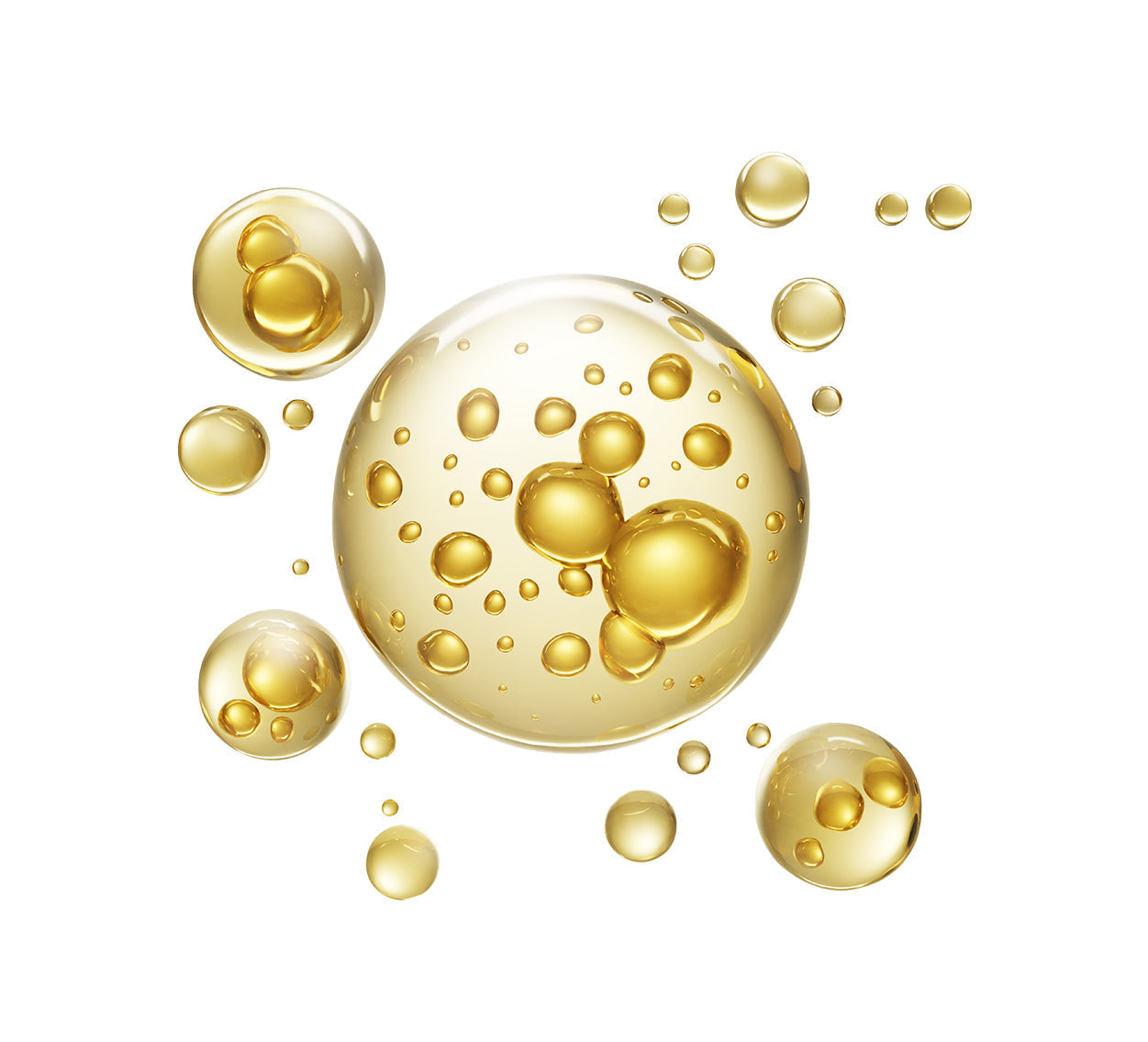Understanding Oily Skin and How to Manage It Effectively
How to Remedy Oily Skin
Managing oily skin is about regulation, not removal. Here’s how:
- Use a Gentle, Balancing Cleanser
- Incorporate Lightweight Hydration
- Exfoliate Regularly—but Gently
- Introduce Oil-Regulating Ingredients
- Always Wear Sunscreen
Avoid harsh or foaming cleansers that strip the skin. Look for low-pH, non-drying formulas.
Opt for gel-based moisturizers with humectants like hyaluronic acid or glycerin to hydrate without heaviness.
Use chemical exfoliants like salicylic acid or LHA 2–3 times per week to help unclog pores and reduce excess buildup.
Look for niacinamide, zinc, and green tea extract to help reduce sebum production over time.
Choose non-comedogenic, gel or fluid sunscreens that offer protection without adding shine.

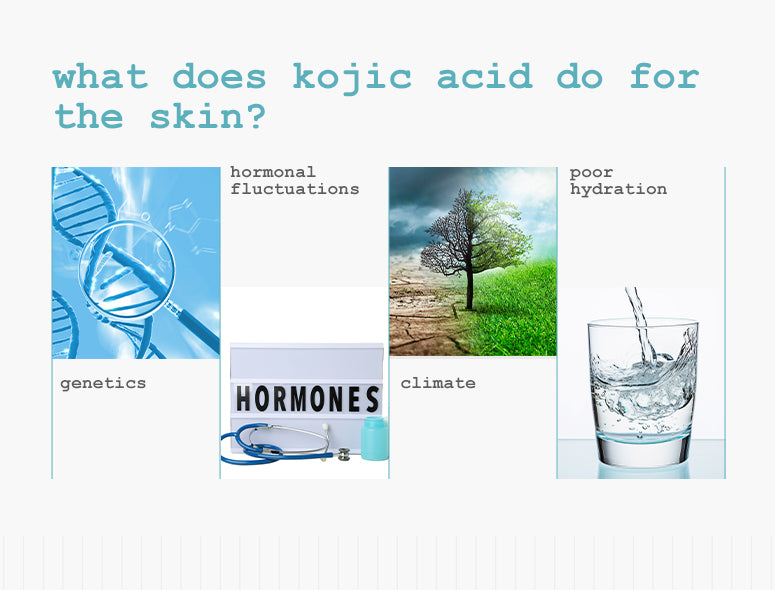
What Is Oily Skin?
Oily skin is a skin type characterized by an overproduction of sebum, the skin’s natural oil. You’ll usually notice shine, enlarged pores and a tendency toward blackheads or breakouts—especially in the T-zone (forehead, nose, chin).
Unlike dryness, oily skin is about excess oil, not a lack of hydration. That means oily skin can still be dehydrated and often is.
What Causes Oily Skin?
Several factors contribute to oily skin, including:
- Genetics – Skin type is largely inherited.
- Hormonal fluctuations – Androgens can increase oil production, especially during puberty, menstruation, or stress.
- Climate – Hot, humid environments often increase sebum activity.
- Over-cleansing or harsh products – These can strip the skin, triggering rebound oil production.
- Poor hydration – Dehydrated skin may produce more oil to compensate.
Final Takeaways
Oily skin is a manageable skin type, not a flaw. By supporting your skin’s natural barrier and avoiding overcorrection, you can reduce excess shine, minimize breakouts, and maintain a balanced, healthy complexion.





